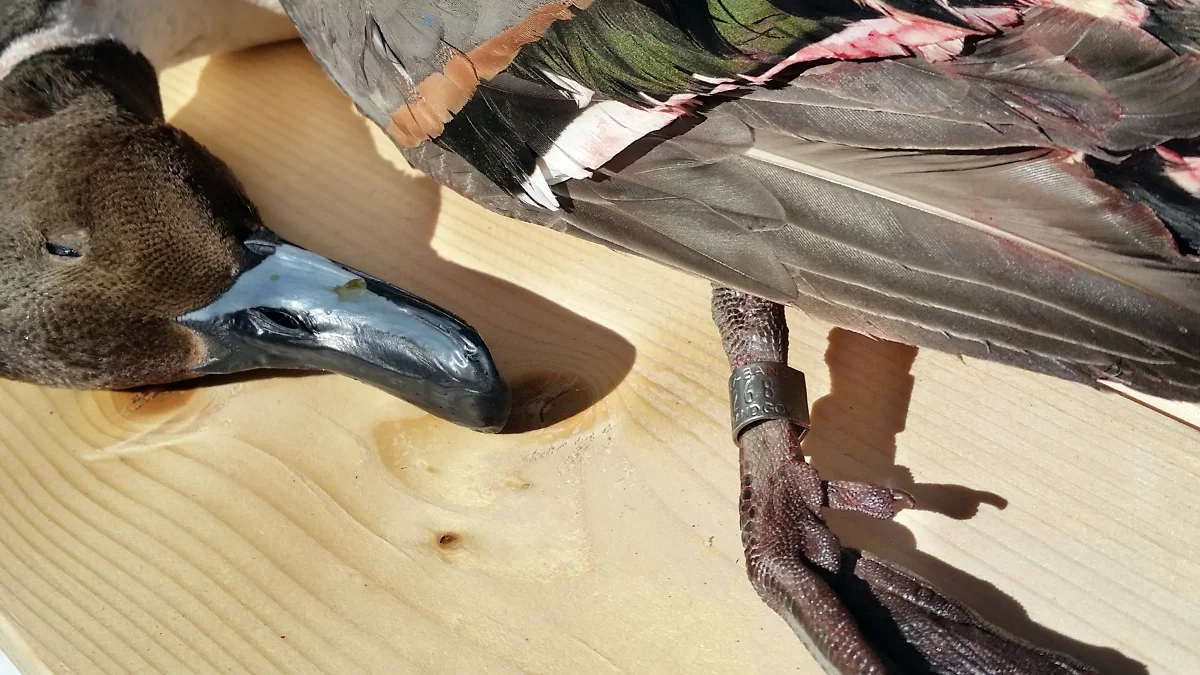
Banded ducks and duck hunters are part of a vital relationship designed to conserve waterfowl populations for future generations.
Waterfowl agencies band the ducks they hatch, or ducks they capture. They are then released to live the normal life of any duck.
The bands contain a unique identification number, and information about a birds banding location, age, and sex, all critical to conservation efforts.
When a hunter harvests a banded duck, the number on the band gets reported, providing a more complete picture of migratory patterns, and survival rates.
Although counterintuitive to some, legally harvesting an animal provides more to conservation efforts than prohibitions on hunting a species. Money from hunting licenses, ammunition and firearm taxes, and the sales of federal duck stamps, provide the money required for research and conservation efforts.
While I have absolutely nothing against bird watching, it provides little to nothing in the way of conservation of a species. Hunting in combination with banding efforts continues to ensure populations of waterfowl will be around for future generations, whether they simply want to watch them, or they hunt them.
The band itself is not just a trophy, but a matter of pride for many waterfowl hunters who get to participate hands on in the conservation of waterfowl and the sportsman’s lifestyle.
Tags: banded duck, bands, conservation, duck, duck bands Comments

Leave a Reply